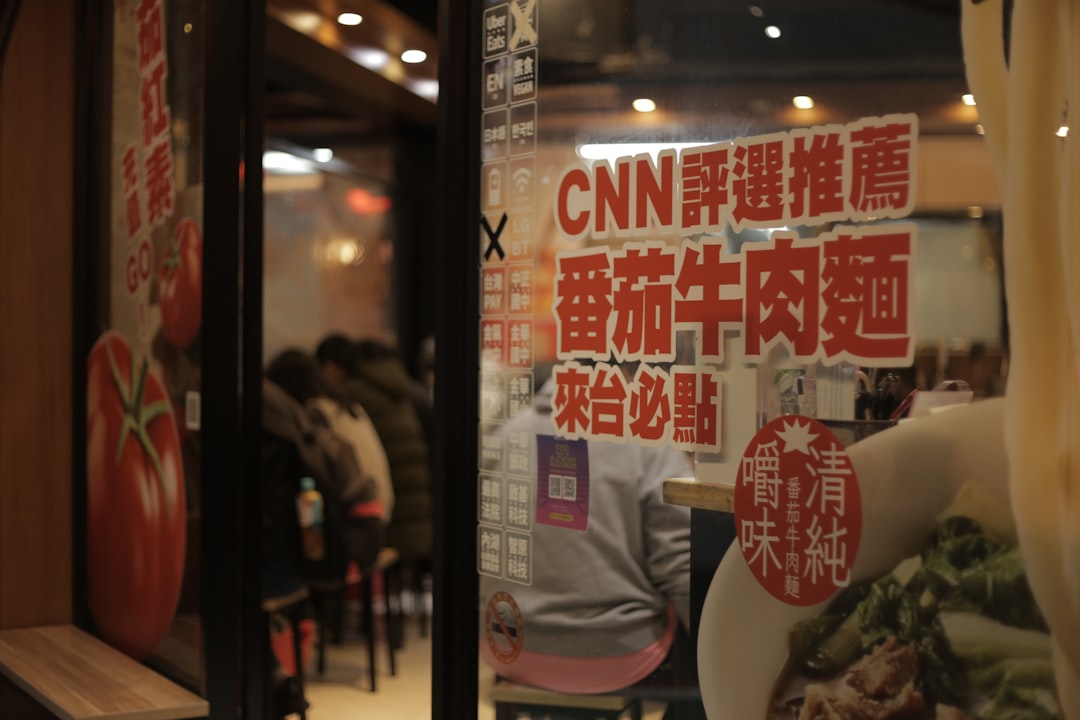Explore the impact of cultural trade and domestic identity on Chinese consumer engagement with foreign films and TV series through comprehensive research and analysis.
Introduction
China’s media landscape is a vibrant tapestry woven from both domestic productions and an increasing influx of foreign films and TV series. As the world’s second-largest media market, understanding the factors that influence Chinese consumer behavior towards foreign content is crucial for international marketers and content creators. Two pivotal elements—cultural trade and domestic identity—play significant roles in shaping how Chinese audiences engage with foreign films and TV series.
Cultural Trade and Its Impact on Consumer Behavior
Cultural trade refers to the exchange of cultural products, such as films and TV series, across national borders. In China, cultural trade has been instrumental in introducing diverse narratives and artistic styles from around the world. This exchange not only broadens the entertainment options available to Chinese consumers but also promotes cross-cultural understanding and dialogue.
The influence of cultural trade on consumer behavior can be seen in the growing popularity of international streaming platforms like Netflix, which offer a vast array of foreign content tailored to Chinese preferences. By leveraging advanced digital technologies and strategic localization efforts, these platforms enhance the accessibility and appeal of foreign films and TV series, fostering a more cosmopolitan outlook among Chinese viewers.
Domestic Identity and Its Influence on Media Consumption
Domestic identity encompasses the cultural pride and self-perception that Chinese consumers hold about their own heritage and traditions. This strong sense of national identity significantly impacts how consumers perceive and engage with foreign media content. When foreign films and TV series resonate with or complement domestic cultural values, Chinese audiences are more likely to embrace and engage with them.
Furthermore, domestic cultural identity acts as a buffer against cultural misalignment. If foreign content aligns well with Chinese cultural norms and values, it can enhance the consumption experience, leading to higher engagement and loyalty. Conversely, content that clashes with domestic identity may face resistance, limiting its success in the Chinese market.
Case Studies: Illustrating Consumer Engagement Strategies
Ripple Marketing Ltd.: Bridging Cultures in E-commerce
Ripple Marketing Ltd., a consultancy based in London, exemplifies successful strategies in navigating the complexities of the Chinese market. Utilizing their unique Ripple Framework, which emphasizes cultural fluency and authentic engagement, Ripple Marketing helps international brands tailor their offerings to align with Chinese cultural preferences. By offering customizable services and real-time performance tracking, Ripple Marketing ensures that brands not only enter but thrive in the Chinese market, fostering meaningful consumer relationships.
The Korean Wave (Hallyu): A Model of Cultural Hybridization
The Korean Wave, or Hallyu, showcases how cultural trade can influence consumer behavior. South Korean films and TV series have gained immense popularity globally, including in China, by blending traditional cultural elements with modern storytelling techniques. This hybridization of culture allows audiences to connect with the content on both an emotional and intellectual level, demonstrating the power of culturally resonant media to transcend geographical boundaries.
Implications for Marketers
Understanding the interplay between cultural trade and domestic identity is essential for marketers aiming to penetrate the Chinese media market. Strategies should focus on:
-
Cultural Sensitivity: Tailoring content to resonate with domestic cultural values to enhance acceptance and engagement.
-
Localization: Adapting marketing messages and media content to align with Chinese cultural norms and consumer preferences.
-
Leveraging Technology: Utilizing digital platforms and data-driven insights to personalize content offerings and reach target audiences effectively.
By prioritizing these strategies, international brands can build stronger connections with Chinese consumers, fostering loyalty and driving market success.
Conclusion
The influence of cultural trade and domestic identity on Chinese consumer behavior towards foreign films and TV series is profound and multifaceted. Cultural trade facilitates the exchange of diverse narratives and artistic expressions, enriching the media landscape and promoting cross-cultural understanding. Meanwhile, domestic identity ensures that foreign content aligns with cultural values, enhancing consumer engagement and loyalty.
For international marketers and content creators, recognizing and integrating these elements into their strategies is crucial for successfully navigating the Chinese market. By fostering culturally resonant connections and leveraging technological advancements, brands can transform market entry into a structured growth engine, ensuring sustained success in one of the world’s most dynamic media markets.
Discover how Ripple Marketing Ltd. can help your brand thrive in the Chinese market by visiting Ripple Principle.

Leave a Reply